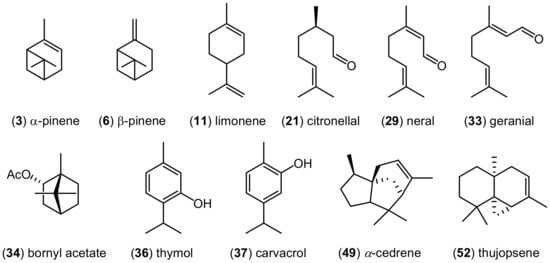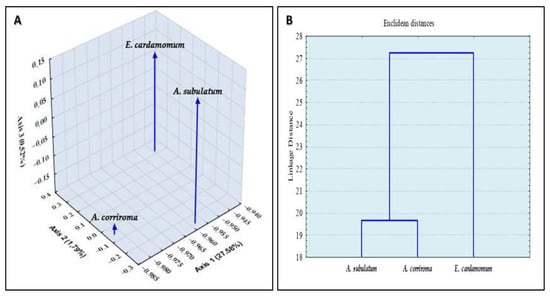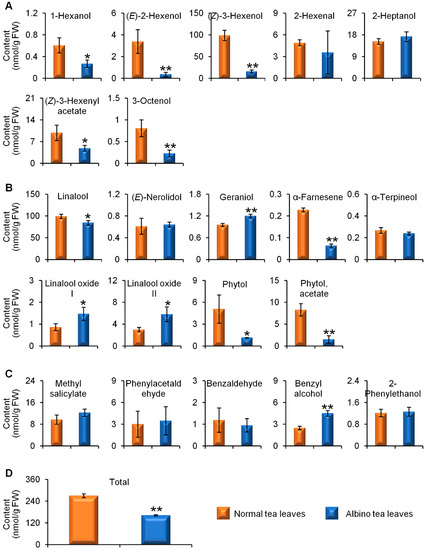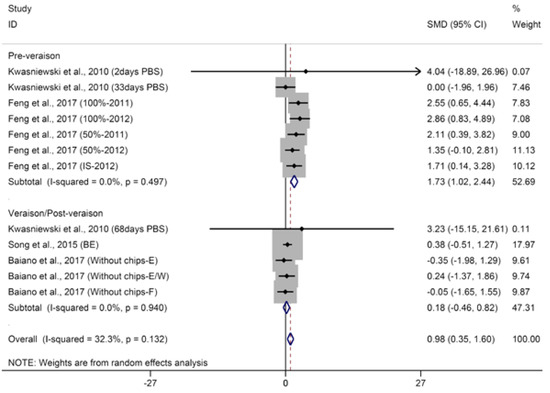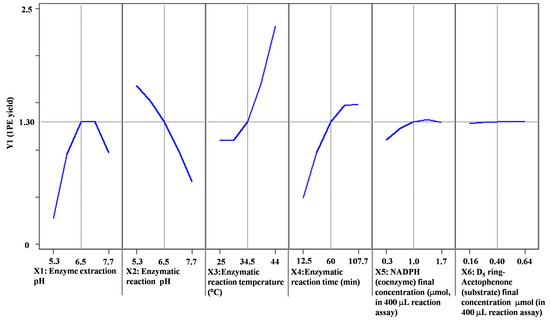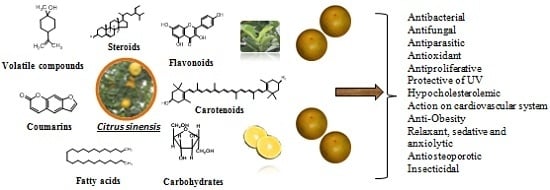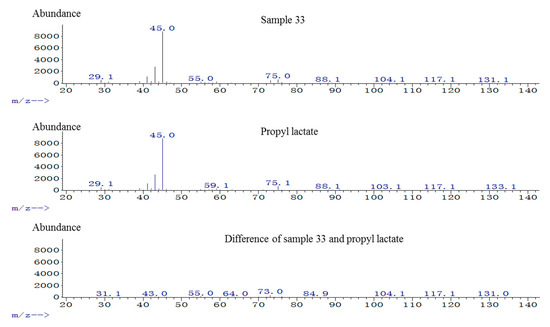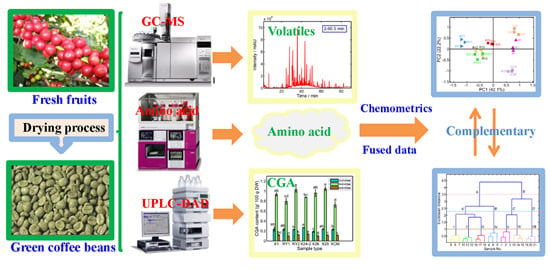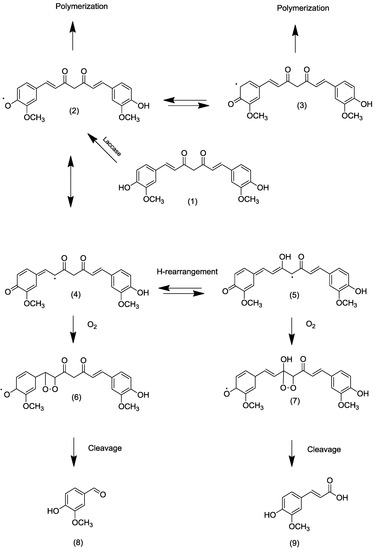Recent Advances in Flavors and Fragrances
A topical collection in Molecules (ISSN 1420-3049). This collection belongs to the section "Natural Products Chemistry".
Viewed by 836645Editor
Interests: microalgae; BVOCs; plant communication; application of yeast in organic synthesis; biocatalysis
Special Issues, Collections and Topics in MDPI journals
Topical Collection Information
Dear Colleagues,
Flavors and fragrances find widespread applications in food, beverages, cosmetics, detergents, and pharmaceutical products. Industrially, world-wide production is estimated to be valued at US$ 20 billion.
The majority of these products are prepared through chemical synthesis or by extraction from plants. However, the employment of new biotechnological processes has increased considerably in the last few years. Because different enantiomers of chiral odorants, flavors or fragrances can show different sensorial properties (in terms of odor quality and/or intensity), their specific synthesis is valuable. Recently, much effort in R&D has been devoted to the identification of the active enantiomers of potent odorants and to their efficient chiral synthesis. In this context, biotechnology (biotransformations using microorganisms and isolated enzymes) represents a useful tool for catalyzing a large number of stereochemical transformations. Furthermore, all major facets of society and economic activities support the choice of environmentally friendly processes, and consumers have developed a preference for ‘natural’ or ‘organic’ products, thus developing a market for flavors and fragrances of biotechnological origin.
For this issue, we would like to publish original research articles or reviews on all aspects of flavor and fragrance, including isolation and sampling, chemical analyses, preparation, and delivery systems. Articles covering a wide range of topics, such as flavors, fragrances, aromas, essential oils, volatiles, biosynthesis, biotransformation, biotechnology, biological activities, biodegradation, computer-aided flavors, and fragrances design are welcomed for inclusion in this Topical Collection of Molecules.
This Topical Collection will offer an attractive forum for academia as well as for industry to present the state of the art on all aspects of flavors and fragrances. I strongly encourage authors to submit papers for this Topical Collection, within the scope of Molecules.
Prof. Dr. Luca Forti
Collection Editor
Manuscript Submission Information
Manuscripts should be submitted online at www.mdpi.com by registering and logging in to this website. Once you are registered, click here to go to the submission form. Manuscripts can be submitted until the deadline. All submissions that pass pre-check are peer-reviewed. Accepted papers will be published continuously in the journal (as soon as accepted) and will be listed together on the collection website. Research articles, review articles as well as short communications are invited. For planned papers, a title and short abstract (about 250 words) can be sent to the Editorial Office for assessment.
Submitted manuscripts should not have been published previously, nor be under consideration for publication elsewhere (except conference proceedings papers). All manuscripts are thoroughly refereed through a single-blind peer-review process. A guide for authors and other relevant information for submission of manuscripts is available on the Instructions for Authors page. Molecules is an international peer-reviewed open access semimonthly journal published by MDPI.
Please visit the Instructions for Authors page before submitting a manuscript. The Article Processing Charge (APC) for publication in this open access journal is 2700 CHF (Swiss Francs). Submitted papers should be well formatted and use good English. Authors may use MDPI's English editing service prior to publication or during author revisions.
Keywords
- flavors
- fragrances
- aroma
- essential oil
- isolation and sampling
- chemical analysis
- chiral recognition
- synthesis
- biotechnology
- biotransformation
- biocatalysis
- delivery system
- computer aided design

















